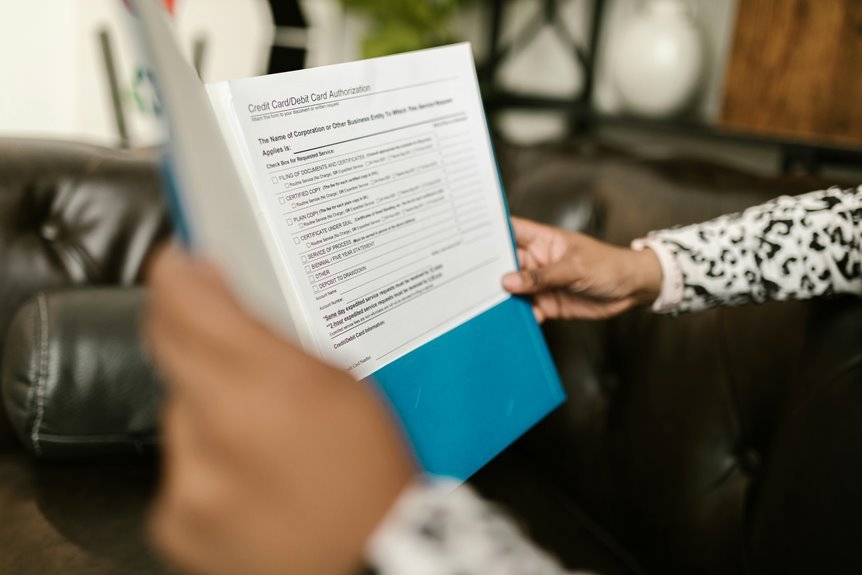The Fraud Monitoring Hotline serves a pivotal function in detecting and addressing risks associated with specific caller authorities. Authorities such as 3271168058 and 3391905137 exhibit distinct behavioral patterns that warrant careful examination. Understanding these patterns can enhance the hotline’s ability to prevent fraud. However, the implications of these risk authorities extend beyond mere identification. The effectiveness of mitigation strategies remains a critical consideration for stakeholders involved in fraud prevention.
Understanding the Role of the Fraud Monitoring Hotline
While organizations increasingly prioritize safeguarding their assets, the role of the fraud monitoring hotline emerges as a critical component in the detection and prevention of fraudulent activities.
The hotline’s effectiveness hinges on its ability to encourage reporting, ensuring anonymity and confidentiality.
Identifying Caller Risk Authorities
How can organizations effectively identify caller risk authorities within their fraud monitoring hotlines?
Implementing robust caller verification processes and conducting thorough risk assessments are crucial. By analyzing caller data patterns, organizations can better recognize potential threats.
Additionally, training staff to discern red flags enhances the identification of high-risk callers, ultimately fostering a secure environment that supports the organization’s commitment to transparency and accountability.
Analyzing Specific Risk Authorities: 3271168058 and 3391905137
A comprehensive analysis of specific risk authorities, such as the numbers 3271168058 and 3391905137, reveals critical insights into the patterns and behaviors associated with potential fraud.
These authorities play a vital role in risk assessment, enhancing hotline effectiveness.
Protecting Yourself From Fraudulent Activities
Fraudulent activities pose significant risks to individuals and organizations alike, necessitating proactive measures for protection.
Enhancing scam awareness is crucial, as recognizing red flags can prevent identity theft. Individuals should regularly monitor financial statements, employ strong passwords, and utilize two-factor authentication.
Additionally, educating oneself about common scams fosters a vigilant mindset, empowering individuals to safeguard their personal information against potential threats effectively.
Conclusion
In conclusion, the effectiveness of the Fraud Monitoring Hotline hinges on its ability to recognize and respond to specific caller risk authorities. For instance, a hypothetical case involving authority 3271168058 illustrated how timely intervention led to the prevention of a significant financial loss for a vulnerable consumer targeted by an elaborate scam. By enhancing verification processes and training personnel, the hotline can better protect individuals and bolster overall fraud prevention strategies, ensuring a more secure reporting environment.






